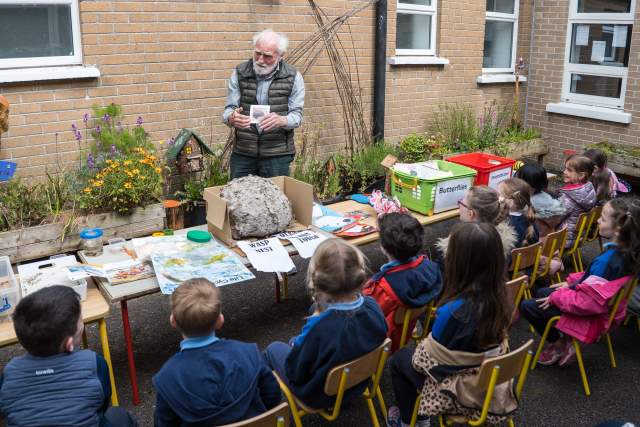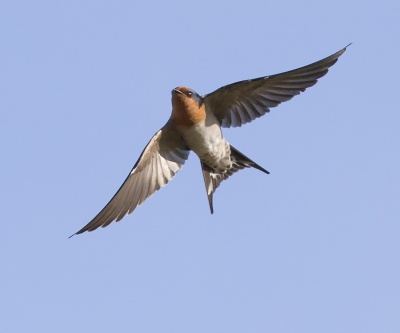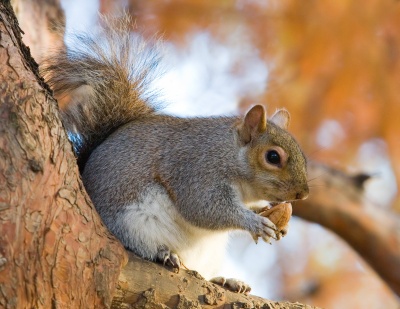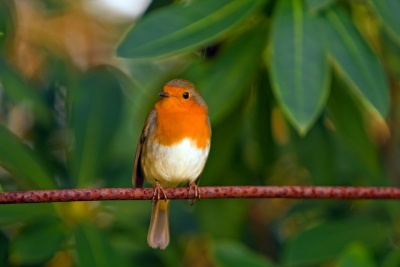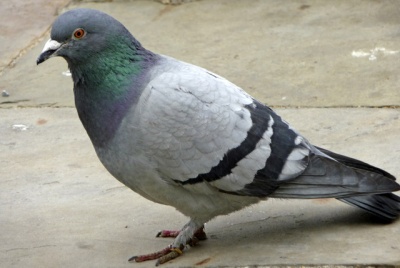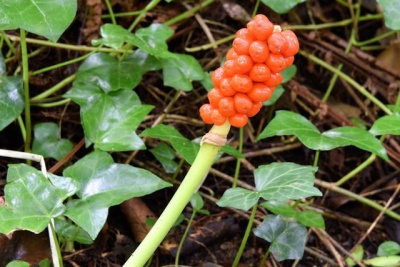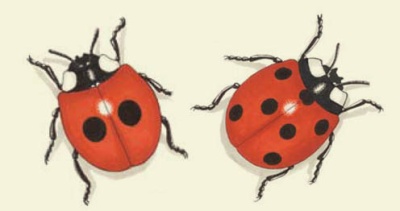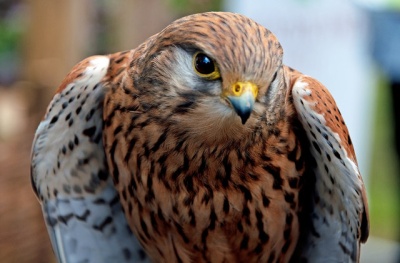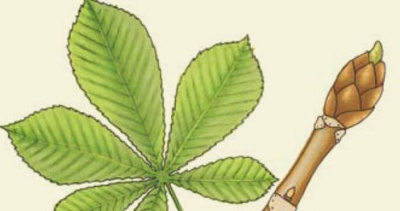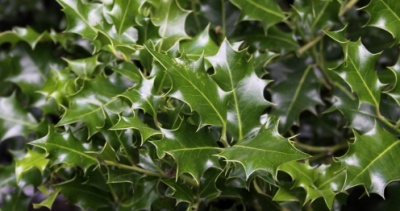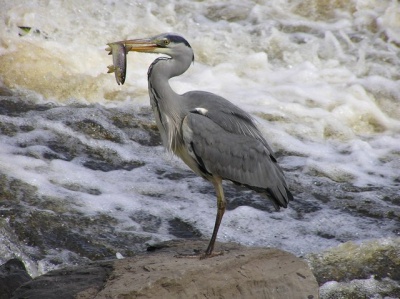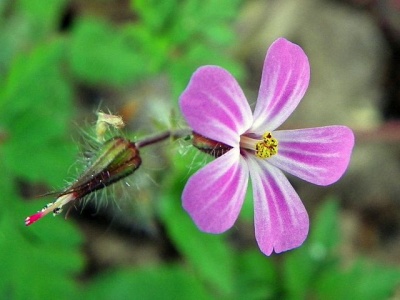Woodlice (All About)
Woodlice are very common creatures found in gardens and school grounds. All you have to do is turn over a stone or a flower pot or look under dead leaves and a colony of woodlice will be uncovered. They are not insects — they are members of the group Crustaceae and are related to crabs and lobsters. Insects all have six legs but the woodlouse’s body is made up of seven segments with a pair of legs on each segment — giving it fourteen legs in all. Their bodies are different to those of insects too and will dry out if exposed to light for too long. So woodlice come out at night and hide away during the day to avoid drying out.
Read moreRead lessWoodlice feed on dead plant material such as dead leaves, rotten wood and dead plant roots. They play a very important role in the food chain as the nutrients locked in the plants are broken down and released by their activities. This is why they are so abundant in the leaf litter at the bottom of a hedge or in woodland. They in turn are part of the food chain, being eaten by spiders, pygmy shrews, hedgehogs and any bird sharp-eyed enough to see them. We have over 20 different species of woodlouse in Ireland — one called the pill bug is able to roll itself into a sphere when disturbed and this helps it to evade capture.
Things to do
1. Do woodlice prefer light or darkness?
Get a shoebox. Have half the box covered with a lid. Put six of the woodlice into this box. Have a second similar shoebox with no lid as a control to show that you are doing a fair test, and put the other six in there. Come back later and observe where the woodlice are. They will all be in the shady side of the box.
2. Do woodlice prefer damp or dry?
You can set up a similar experiment with the two boxes only this time no lids on either but a damp sponge in one section of one of the boxes and a dry sponge in a different section. Put two dry sponges in the second box. Put six woodlice in each and observe what happens. Are there more woodlice at the damp sponge than at the dry sponge?
